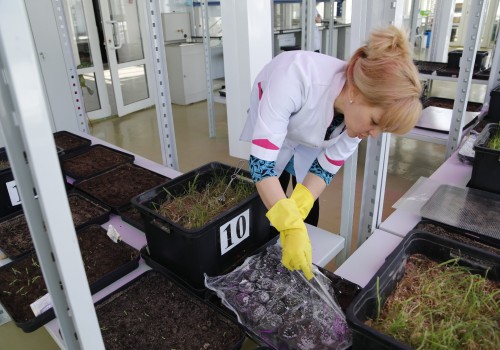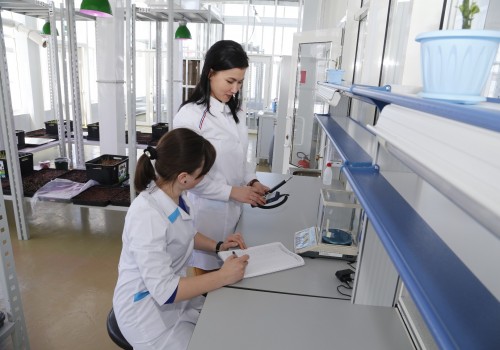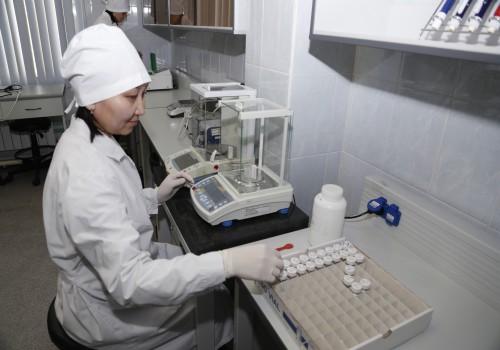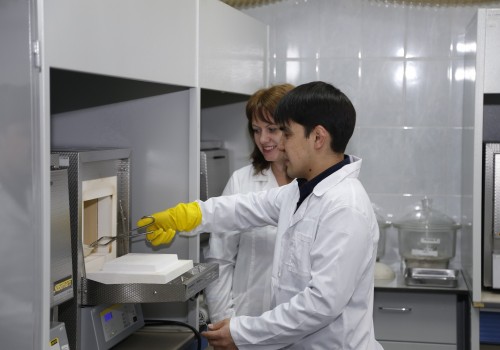Biological Researches
06 April 2018




For the present day, specialists of the National Nuclear Center of RK obtained a great amount of unique data describing radionuclides mobility in ecosystems of the Semipalatinsk test site.
Using the results, the specialists develop practical recommendations aimed at solving the issue of radioactive contamination of STS area, and a set of measures to reduce radionuclide content in crop farming products.
With complete and comprehensive researches, there were definite obstacles in interpretation of the data obtained, related to multifactor impact of environment. In other words, it was difficult to separate concrete factors effecting radionuclides transfer from soil to plant. Therefore, this raised a necessity to shift to another level of scientific research – researches in controllable conditions.
For the purpose, laboratory building #26 was reconstructed, where in the times of test site operation biological studies took place. Following the reconstruction, the building was put to operation and well equipped.
- I would like to mention that for the recent five years, building reconstruction and strengthening of material and technical basis of NNC RK become possible due to the funds earnt by NNC RK by implementing non-budgetary contracts and agreements. This is an important part of our enterprise policy – said Erlan Batyrbekov, Director General of NNC RK. – The new building and modern equipment allowed us to evaluate definite factors affecting radionuclides transfer to agricultural and wild plants, study possible impact to radionuclides accessibility to plant through changes of soil physical and chemical properties, determine the impact of various fertilizers to radionuclide transfer to plants, and many other studies.
Today, young and talented specialists work in the building, who have complete series of simulation experiments to study features of migration and assimilation of tritium forms in “soil-water-plant”, “plant – air” systems. The obtained experimental data will serve as a base for prediction of tritium migration in ecosystem of STS, and development of biological monitoring principles for areas exposed to tritium contamination, for instance, NPP area. There are great intentions for 2018-2019, to get parameters of technogenic radionuclides (137Cs, 90Sr, 239+240Pu, 241Am, etc.) transfer to wild and agricultural plants under controlled conditions, and to perform experimental research into radionuclide transfer under condition of hydroponic culture of plant cultivation.
Latest news by category:
-
Enhancing Human Resources Development with Support of JAEA
09 December 2025
-
Collaborative Push for Fusion Power
09 December 2025
-
Memorial Plaque Unveiled in Memory of Alexander Nikolayevich Kolbayenkov
02 December 2025
-
Young scientists from the National Nuclear Center of Kazakhstan recognized on the international stage
02 December 2025